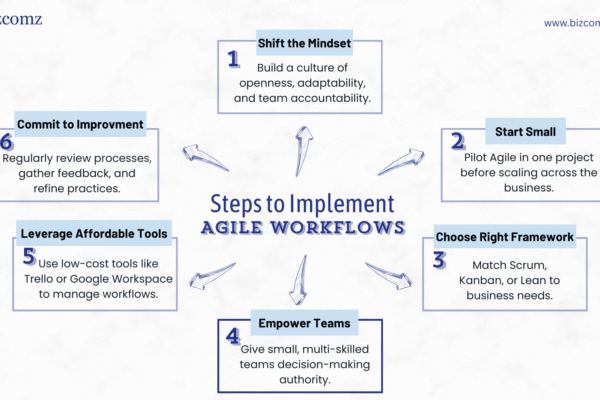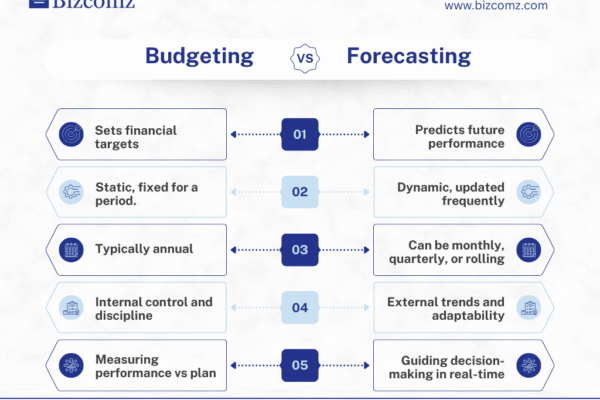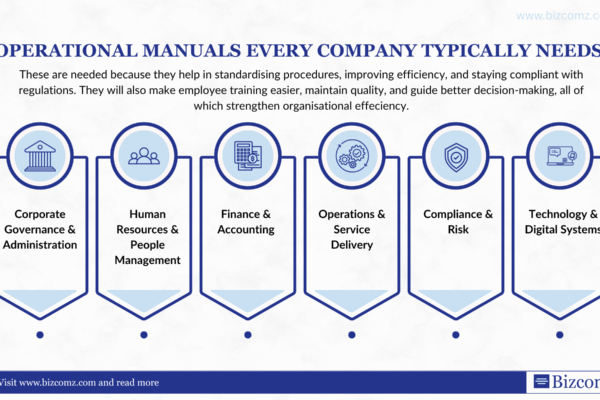A Business Operations Manual is an essential document that serves as the backbone of your organization. It provides a detailed guide to your business’s processes, policies, and procedures, ensuring consistency, efficiency, and clarity across all levels of the organization. Whether you are a small business owner or managing a large enterprise, a well-crafted operations manual can streamline workflows, reduce errors, and empower your team to perform at their best.
Creating a comprehensive Business Operations Manual requires careful planning, attention to detail, and a deep understanding of your business’s inner workings. In this article, we will explore the key elements of an effective operations manual and provide actionable tips to help you create one that is thorough, user-friendly, and aligned with your business goals.
Understanding the Purpose of a Business Operations Manual
Before diving into the creation process, it is important to understand why a Business Operations Manual is crucial for your organization. This document serves as a centralized resource that outlines how your business operates on a day-to-day basis. It provides employees with clear instructions on how to perform their tasks, ensures consistency in processes, and helps onboard new team members efficiently.
For business owners and managers, an operations manual acts as a safeguard against operational disruptions. It ensures that critical knowledge is documented and not reliant on individual employees, reducing the risk of downtime or confusion when staff changes occur. Additionally, it can serve as a training tool, helping employees understand their roles and responsibilities while aligning their efforts with the company’s objectives.
Defining the Scope and Structure of Your Manual
The first step in creating a Business Operations Manual is to define its scope and structure. Consider the size and complexity of your business, as well as the specific needs of your team. A comprehensive manual should cover all key areas of your operations, including administrative processes, customer service protocols, financial procedures, and more.
Start by outlining the major sections of your manual. Common sections include:
– Introduction: An overview of the company’s mission, vision, and values.
– Organizational Structure: A description of the company’s hierarchy and key roles.
– Policies and Procedures: Detailed instructions for various business processes.
– Roles and Responsibilities: Clear definitions of each team member’s duties.
– Emergency Protocols: Guidelines for handling unexpected situations.
– Appendices: Additional resources, such as forms, templates, and contact information.
By organizing your manual into clear sections, you make it easier for employees to navigate and find the information they need.
Documenting Policies and Procedures
The heart of your Business Operations Manual lies in its policies and procedures. This section provides step-by-step instructions for completing tasks and adhering to company standards. When documenting these processes, be as detailed and specific as possible. Use clear, concise language and avoid jargon to ensure that all employees can understand and follow the instructions.
Start by identifying the core processes that drive your business. These may include:
– Customer Service: How to handle customer inquiries, complaints, and feedback.
– Sales and Marketing: Procedures for lead generation, sales calls, and campaign execution.
– Finance and Accounting: Guidelines for invoicing, payroll, and expense management.
– Human Resources: Policies for recruitment, onboarding, and performance evaluations.
– IT and Security: Protocols for data management, cybersecurity, and system maintenance.
For each process, include the purpose, required resources, step-by-step instructions, and any relevant templates or forms. Visual aids, such as flowcharts or diagrams, can also be helpful in illustrating complex procedures.
Clarifying Roles and Responsibilities
A clear understanding of roles and responsibilities is essential for maintaining accountability and ensuring that tasks are completed efficiently. In this section of your manual, provide detailed descriptions of each position within your organization. Include the primary duties, reporting structure, and key performance indicators (KPIs) for each role.
This section is particularly important for onboarding new employees, as it helps them understand their responsibilities and how they fit into the larger organization. It also reduces the likelihood of confusion or overlap between roles, ensuring that everyone knows what is expected of them.
Incorporating Emergency Protocols
No business is immune to unexpected challenges, whether it’s a natural disaster, a cybersecurity breach, or a sudden staff shortage. Including emergency protocols in your operations manual ensures that your team is prepared to handle these situations effectively.
Outline the steps employees should take in various emergency scenarios, such as:
– Data Breaches: How to report and mitigate security incidents.
– Workplace Accidents: Procedures for providing first aid and contacting emergency services.
– Business Continuity: Plans for maintaining operations during disruptions.
By preparing for emergencies in advance, you can minimize their impact on your business and ensure the safety of your team.
Designing a User-Friendly Format
A well-designed operations manual is not only informative but also easy to use. Consider the following tips to create a user-friendly document:
– Use Clear Headings and Subheadings: Organize content into logical sections and use headings to guide readers.
– Incorporate Visuals: Use charts, diagrams, and images to break up text and illustrate key points.
– Include a Table of Contents: Make it easy for employees to find specific information quickly.
– Choose a Readable Font: Use a clean, professional font and ensure the text is large enough to read comfortably.
– Maintain Consistency: Use consistent formatting, such as bullet points and numbering, throughout the manual.
A user-friendly format enhances the manual’s effectiveness and encourages employees to refer to it regularly.
Reviewing and Updating Your Manual
A Business Operations Manual is not a static document; it should evolve as your business grows and changes. Regularly review and update the manual to reflect new processes, technologies, and policies. Assign a team member or department to oversee this task and ensure that updates are communicated to all employees.
Encourage feedback from your team to identify areas for improvement. If employees find certain procedures unclear or outdated, revise the manual accordingly. By keeping it current, you ensure that it remains a valuable resource for your organization.
Conclusion
Creating a comprehensive Business Operations Manual is a significant investment of time and effort, but the benefits far outweigh the costs. It provides a clear roadmap for your business’s operations, ensures consistency and efficiency, and empowers your team to perform at their best. By documenting policies, clarifying roles, and preparing for emergencies, you can build a strong foundation for your organization’s success. Remember, an effective operations manual is not just a document—it is a living resource that evolves with your business. Take the time to create one that is thorough, user-friendly, and aligned with your goals, and it will serve as an invalu







